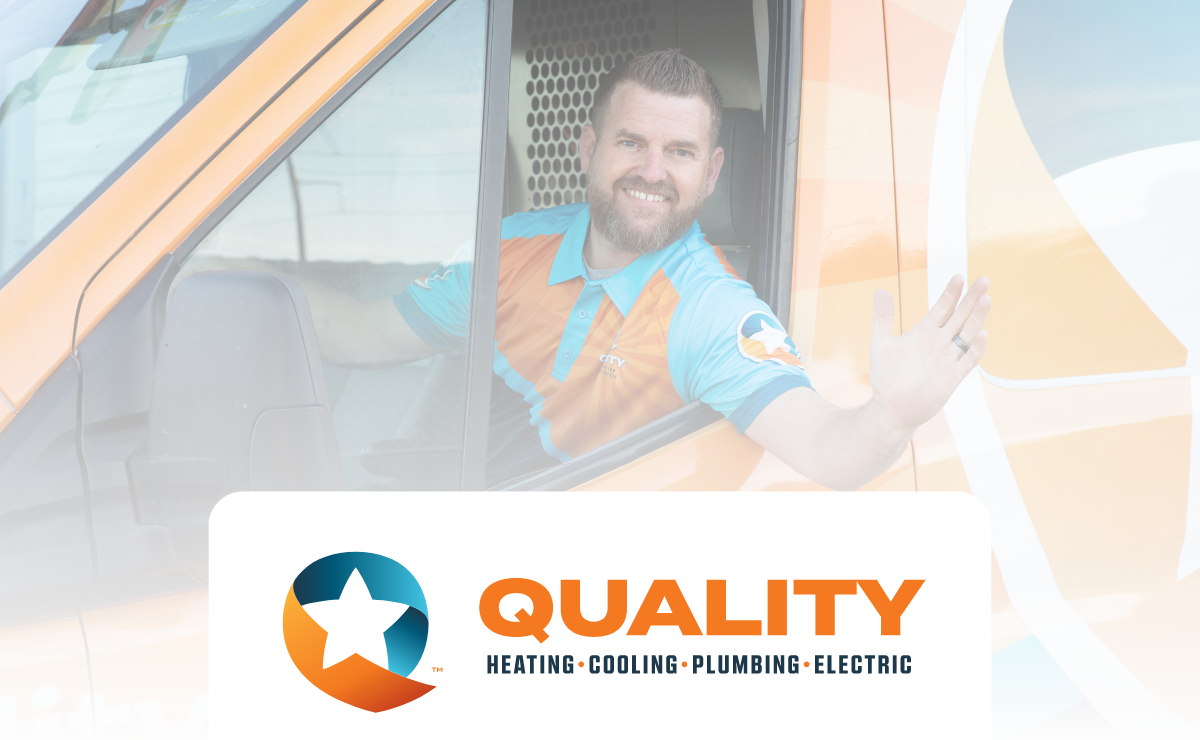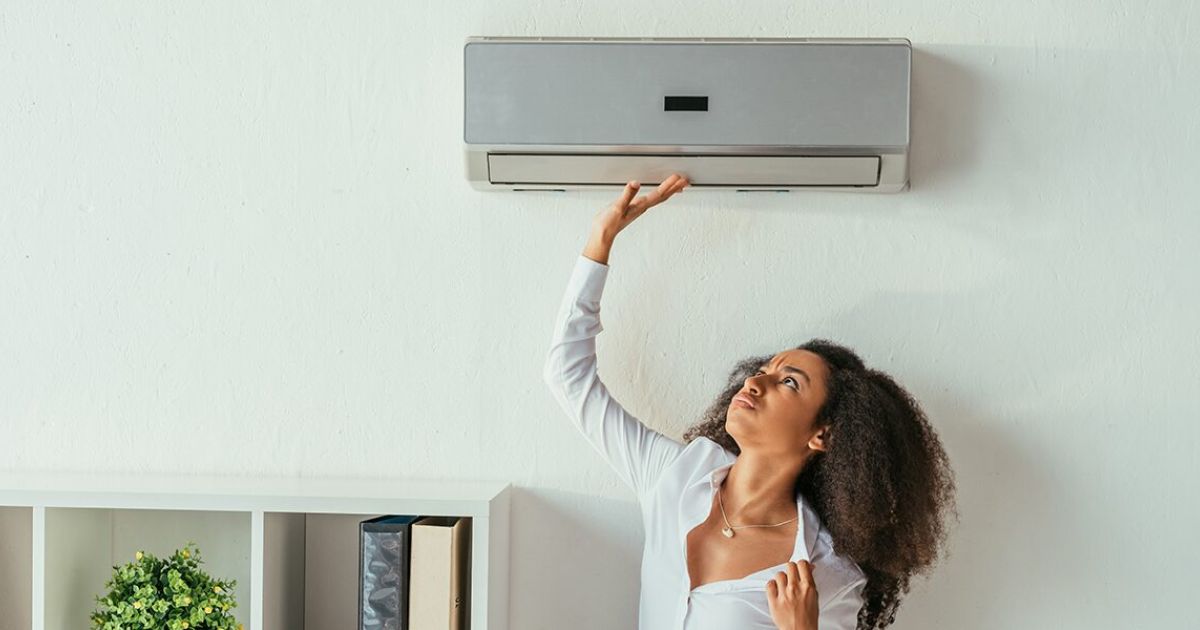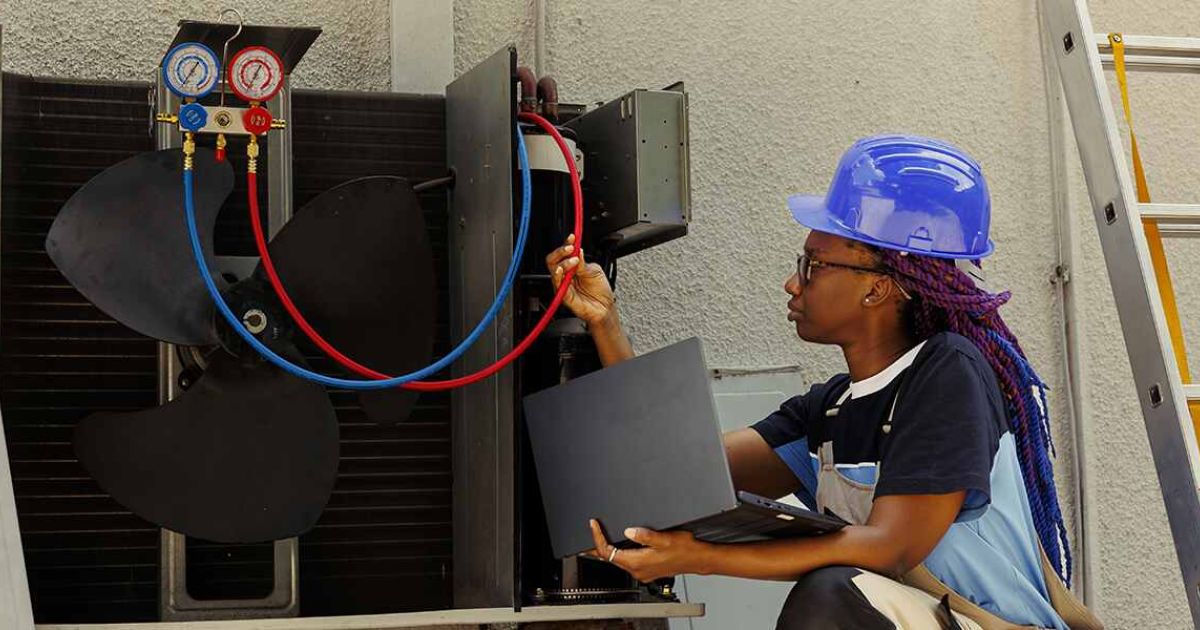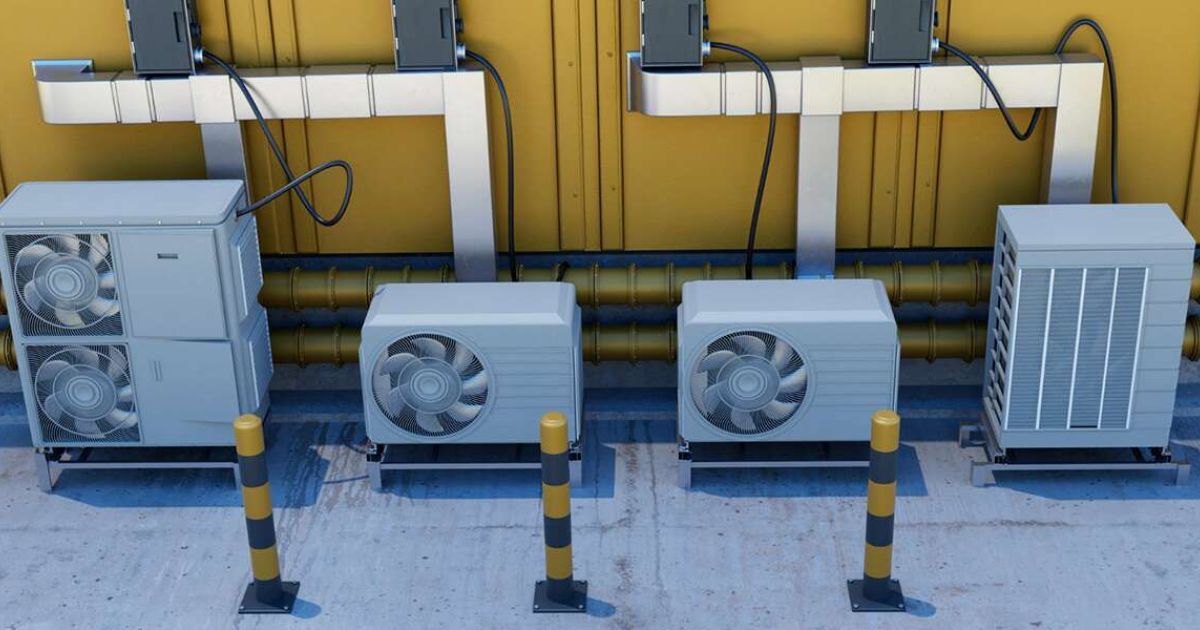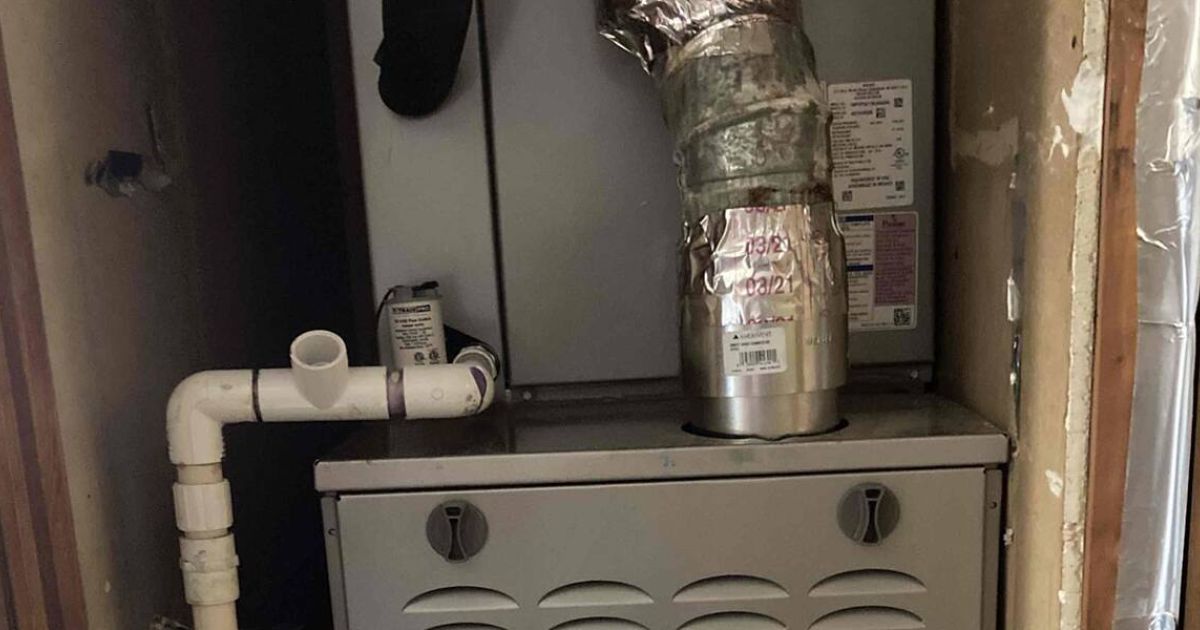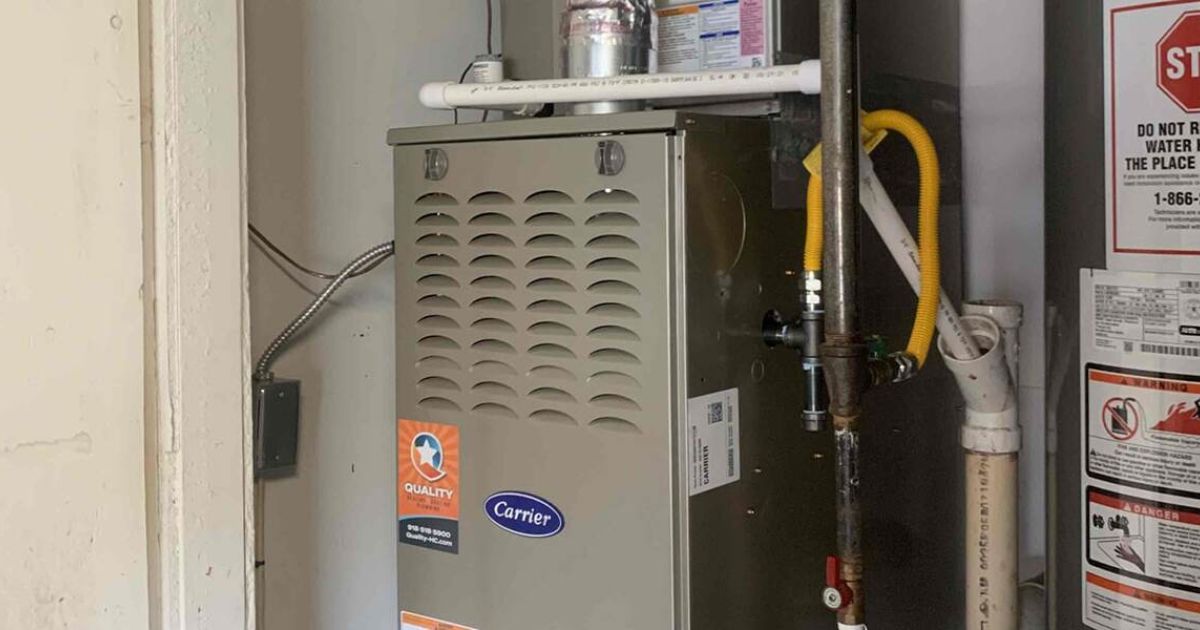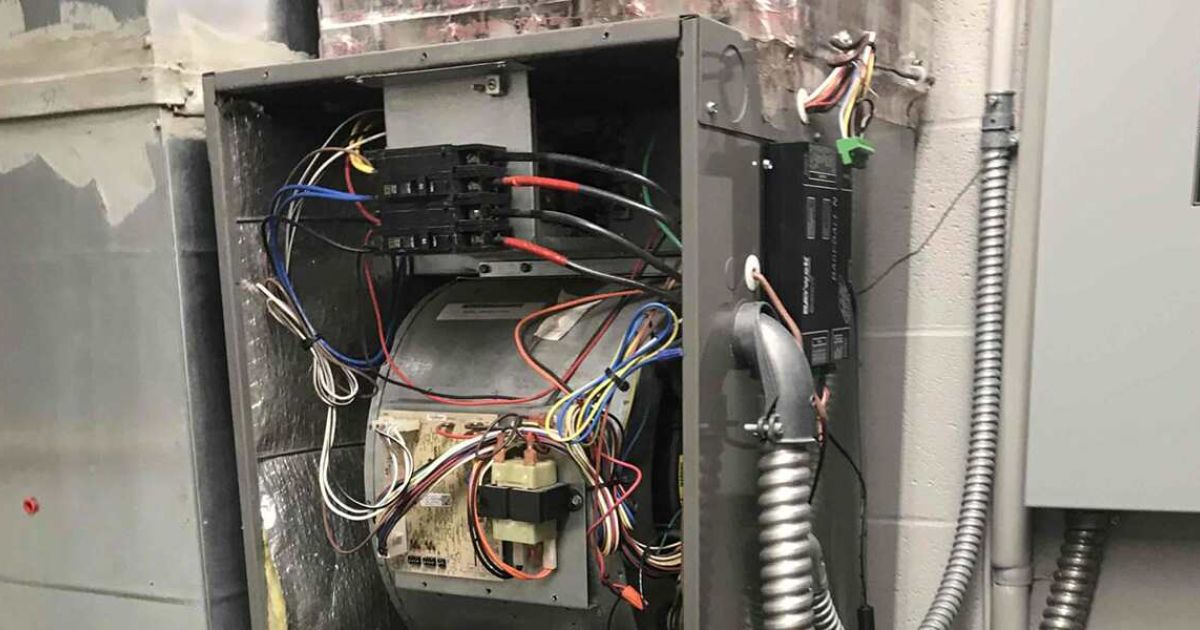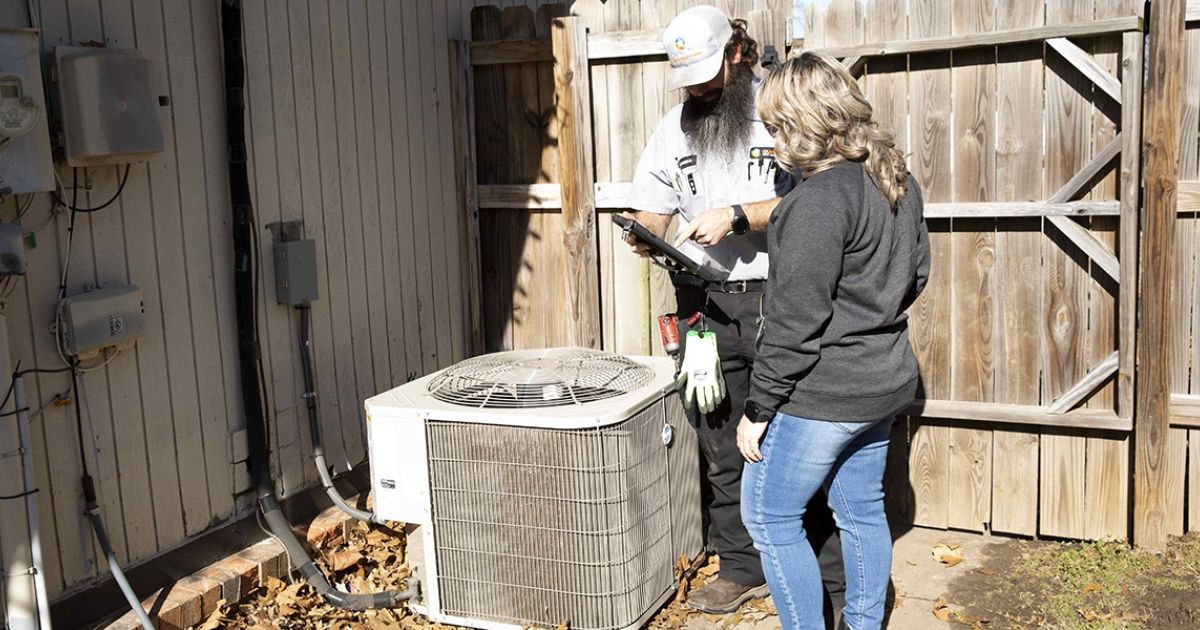
Have you ever wondered about the difference of your evaporator vs. condenser coils in your air conditioner? For HVAC questions and services, contact us at Quality Heating Cooling & Plumbing at 918-262-5245 today!
Many of our clients in Tulsa or surrounding areas typically don’t know the difference between evaporator coils and condenser coils. The evaporator coils and condenser coils work together (along with the rest of your entire HVAC system) to supply your home with cool air during those hot, humid summer days. Despite that they work together, there’s a lot to know about the difference of evaporator vs. condenser coils.
In this blog post, Tulsa’s heating and cooling experts dive deep into the details of both evaporator and condenser coils, which work together between your indoor and outdoor units to cool the air in your home using the liquid refrigerant in your refrigerant system.
Inside the Unit
Your air conditioner actually has two units: an indoor unit that cools the air in your home and an outdoor unit that releases heat energy from your home into the outside air. A refrigerant system connects the two units, controlling the transfer of heat energy between the air outside and the refrigerant inside the coil tubing.
Each coil has specialized structures around them that improves heat transfer between the air and the refrigerant called “fins”. These fins add surface area for the heat exchange to occur.
The system also includes a compressor, which converts gaseous refrigerant into a liquid before entering the condenser coil, and an evaporator, which expands the liquid refrigerant before entering the evaporator coil. The refrigerant will become a gas as it absorbs heat in the evaporator coil.
What Is the Evaporator Coil and How Does It Work?
To put it simply, the main function of the evaporator coil is transferring indoor heat to the refrigerant. Blower fans extract warm air from inside your home through the air return and direct it to the indoor AC unit. The gas refrigerant inside the evaporator coil will absorb heat from the air in the unit, cooling the air before returning it to your home.
The refrigerant circulates through the copper tubes that make up the evaporator coil, producing a cold vapor. The evaporator coil also includes thousands of protruding fins that increase the heat absorption capacity of the gas refrigerant by expanding the surface area for the heat exchange.
The refrigerant triggers condensation within the unit, reducing the levels of humidity within the airflow. This is how air conditioning units condition the air for maximum comfort. Your air conditioner technically doesn’t cool the air in your home. It actually removes heat and humidity from the air before sending it back through your vents with blower fans.
What Are Condenser Coils and What Function Do They Serve in Your Air Conditioning System?
Once the refrigerant leaves the evaporator coil, it continues its journey by flowing through the insulated conduit that attaches to the outdoor A/C component, typically right behind the home. The refrigerant first enters the compressor before flowing into the condenser coil to release its heat energy.
In a compressor, the pressurized molecules of heat energy become concentrated, raising the temperature of the refrigerant vapor to over 100 degrees. This is an essential moving part of the AC unit because this is what ensures the productive transfer of heat energy to outdoor air.
Designed similarly to the evaporator coil, the condenser coil works to release the extracted heat energy from inside the home into the outdoor air. The refrigerant circulates inside the coil, changing it from a hot vapor to a condensed liquid refrigerant state as the refrigerant loses heat energy.
Once the refrigerant releases the heat from your home’s air, a fan located in the unit will blow air through the condenser coil, dispersing the heat into the outdoor air. This process is why you will often feel heat emanating from your outdoor unit if your AC is running. That heat energy was inside your home.
This transfer of heat energy helps to regulate your home’s temperature and humidity year-round to keep your home comfortable. While you may have heard the terms “evaporator coil” or “condenser coil” before, you probably didn’t know the function or difference of the evaporator vs. condenser systems in your home’s air conditioning units.
If your air conditioner begins showing signs of problems, could it be an issue with your coils? Because your AC system has several essential parts that all work together to cool your home, you need a professional HVAC inspection by a licensed professional. Learn more about common issues with the evaporator and condenser coils below.
Common Problems You May Have with Your Evaporator vs. Condenser Coils
Condenser coils are located outside and are exposed to outdoor elements, making them more prone to dust and/or dirt buildup, often affecting the efficiency of the coil. Keeping the outdoor unit clear of debris and yard clippings can help prevent issues with your condenser coil getting dirty.
Maintenance for condenser coils is easy for a homeowner to upkeep. You can use a hose and wash off the coil at least once a year to ensure it continues to work properly.
The evaporator coil is continuously exposed to a circulation of airflow, which makes it easier for dirt and dust accumulation. This buildup could result in poor performance and low-quality air conditioning. On top of that, because of the coil’s functions with the refrigerant, mold contamination could occur from the condensation buildup on the outside of the coil.
Contact Quality Heating Cooling & Plumbing for HVAC Services in Tulsa, OK
These are the common differences of an evaporator vs. condenser coil in your AC system. If you suspect that your AC isn’t working properly, contact us here at Quality Heating Cooling & Plumbing in Tulsa, OK. We’re skilled in multiple areas of AC maintenance. Whether it’s a problem with a compressor, ducts, or you’re wondering how to unfreeze AC coils, we can help.
Call us at Quality Heating Cooling & Plumbing today at 918-262-5245 or contact us online to schedule a service visit for your Tulsa home or business.

Cassie Pound is the Vice President of Quality Heating, Cooling, Plumbing & Electric with locations in Tulsa, Glenpool, and Bartlesville, Oklahoma.

